In the 2024-2025 school year, the old Ninh Thuan province has 10,474 cadres, teachers and staff, responsible for managing and teaching about 150,889 students/4,749 classes, belonging to 297 educational institutions (an increase of 3,917 students, a decrease of 166 classes and 1 educational institution compared to the 2023-2024 school year).
Meanwhile, before the merger, Khanh Hoa province had 521 kindergartens, primary schools and centres. Of these, there were 202 kindergartens (including 159 public schools, 43 non-public schools); 160 primary schools; 121 secondary schools; 34 high schools (including 29 public schools, 5 non-public schools) and 4 centres.
After the merger, the scale of schools at all levels in Khanh Hoa province is about 225 kindergartens, primary schools: 279; secondary schools: 180; high schools: 51 schools... with nearly 30,110 managers, teachers, and staff. The number of students is about 440,000 students at all levels.
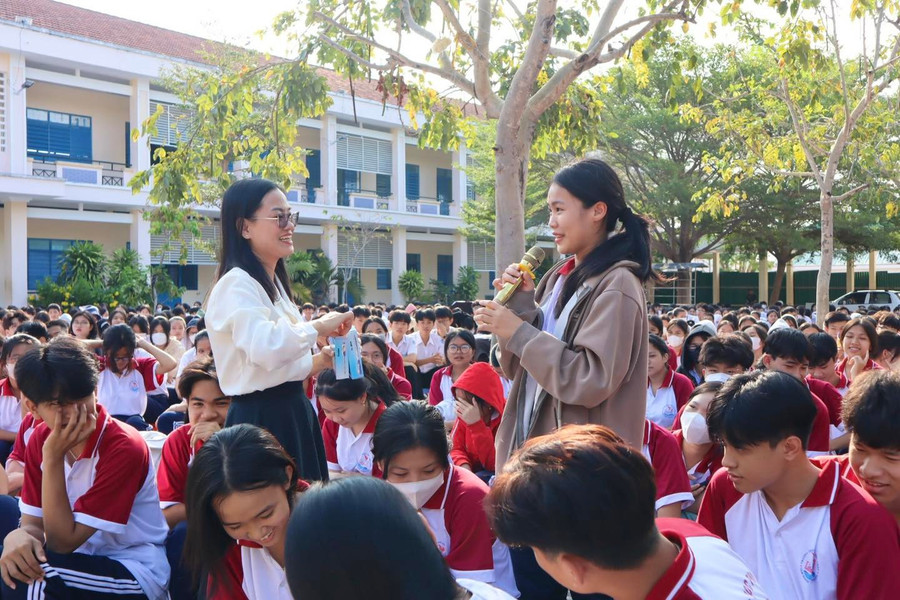
From 2023, Khanh Hoa province proactively approved the plan to reorganize public education and training units for the period 2023-2025. Accordingly, it is expected to reduce 66 schools out of a total of 491 public schools, reducing 10% of the staff. By early March 2024, Khanh Hoa Department of Education and Training had reviewed, reorganized, and reduced 17 educational institutions, reaching 28.8% of the reorganization roadmap.
The Department of Education and Training of Ninh Thuan province also reviewed and arranged the network of schools and classes, reduced odd scores, arranged appropriate teachers between levels to optimize the teacher/class ratio and ensure enough teachers to teach specific subjects such as Information Technology, Foreign Languages, Music, and Fine Arts according to the requirements of the 2018 General Education Program.
Before July 1, Khanh Hoa province (old) proactively planned to arrange the administrative apparatus at the grassroots level, including 426 schools at all levels along with 12,530 people on the education staff in districts, towns and cities.
Accordingly, 4 ethnic minority boarding secondary schools under the People's Committee of Cam Ranh City, Ninh Hoa Town and Khanh Son and Khanh Vinh districts, along with 91 staff members at these schools, will be transferred to the Khanh Hoa Department of Education and Training. The remaining 422 kindergartens, primary schools, and secondary schools, along with 12,440 staff members at the schools, will be assigned to the new communes and wards in the area where the schools are located.
After the merger of Khanh Hoa and Ninh Thuan provinces, Mr. Vo Hoan Hai was appointed as Director of the Department of Education and Training of Khanh Hoa province (new).
Khanh Hoa Education and Training sector has many advantages in improving the quality of education as this is one of the localities with outstanding policies in investment in education. Khanh Hoa is considered one of the localities with many strong changes in implementing digital transformation, typically building a data system for the Education sector and putting into testing the Education Management Center. Khanh Hoa has 67.69% of schools recognized as national standard schools.
Similarly, Ninh Thuan has many policies to attract non-state budget investment for education development. In the period 2015-2023, Ninh Thuan attracted more than 606 billion VND in investment in education. Thanks to that, the network of non-public schools and classes is increasingly expanding, contributing to improving the quality of education and training.
Ninh Thuan has a number of preferential policies for land lease and land allocation according to the Government's policy; exemption of land use tax and land lease for non-public educational institutions operating under a non-profit mechanism and encouragement of private education development, creating conditions for dozens of large-scale investment projects in the locality.
Source: https://giaoducthoidai.vn/tao-da-cho-giao-duc-khanh-hoa-phat-trien-post739715.html







![[Photo] Closing ceremony of the 18th Congress of Hanoi Party Committee](https://vphoto.vietnam.vn/thumb/1200x675/vietnam/resource/IMAGE/2025/10/17/1760704850107_ndo_br_1-jpg.webp)









![[Video] Latest regulations on teacher recruitment, effective from 2026](https://vphoto.vietnam.vn/thumb/402x226/vietnam/resource/IMAGE/2025/10/17/1760715059516_gv-png.webp)

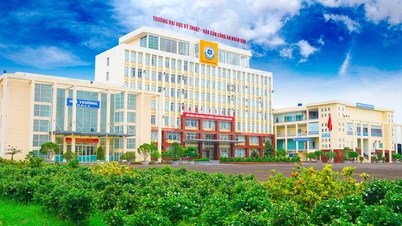



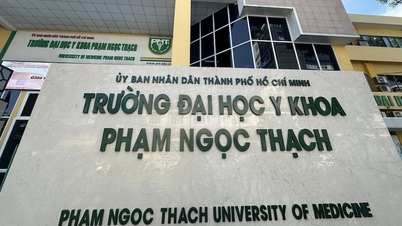








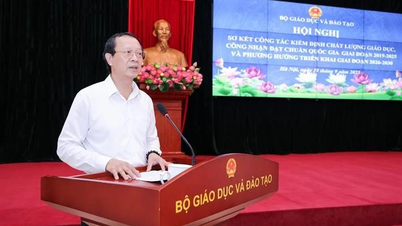

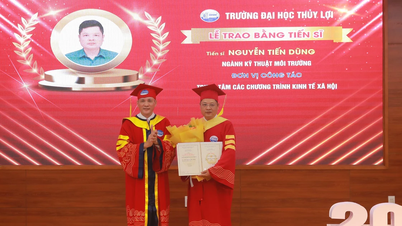
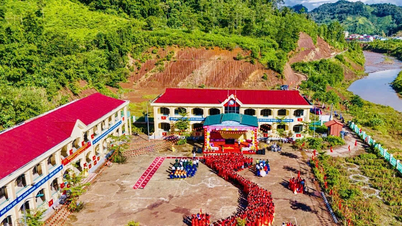
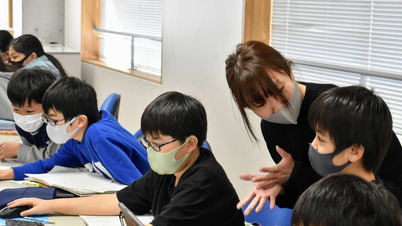


![[Photo] Nhan Dan Newspaper launches “Fatherland in the Heart: The Concert Film”](https://vphoto.vietnam.vn/thumb/1200x675/vietnam/resource/IMAGE/2025/10/16/1760622132545_thiet-ke-chua-co-ten-36-png.webp)





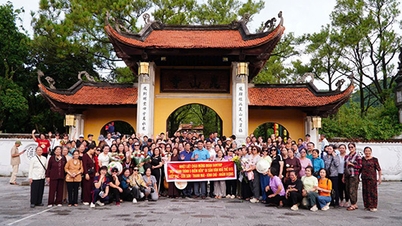







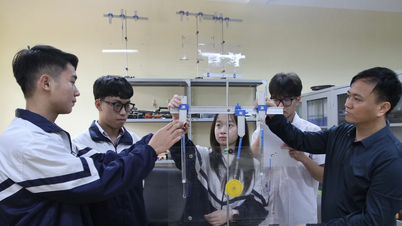









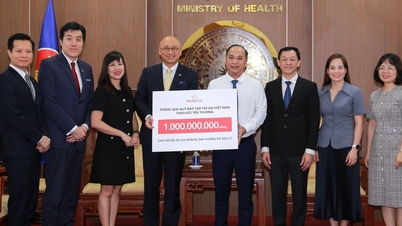

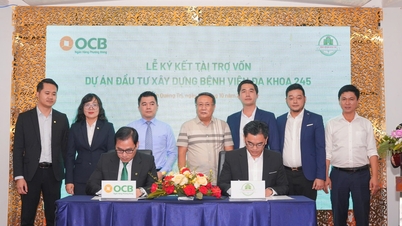







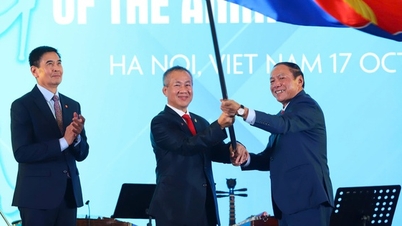



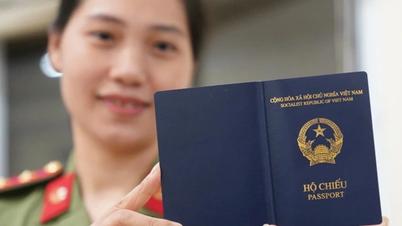


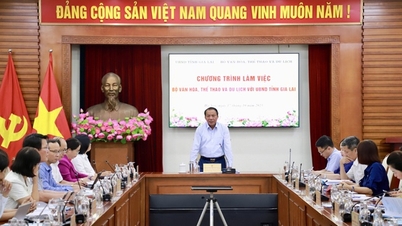
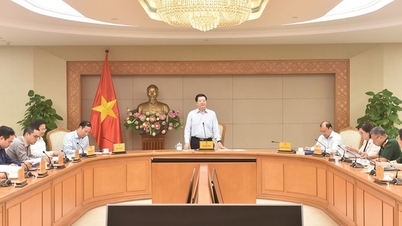
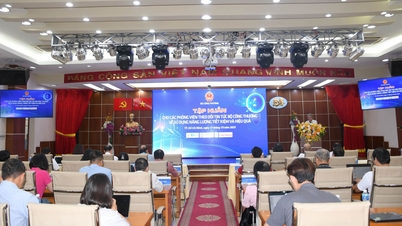

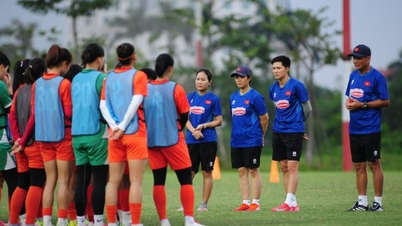

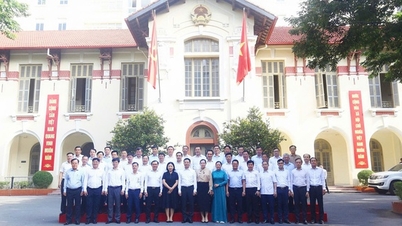

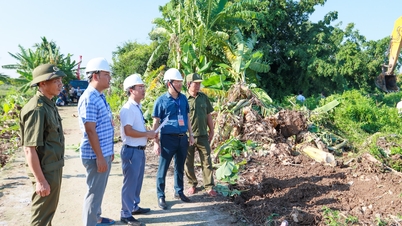

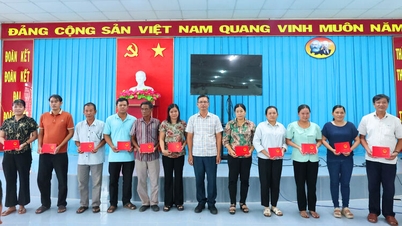

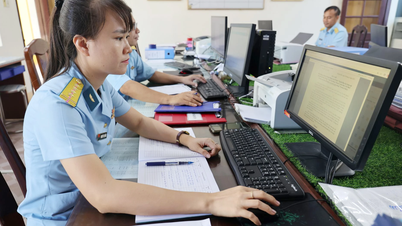

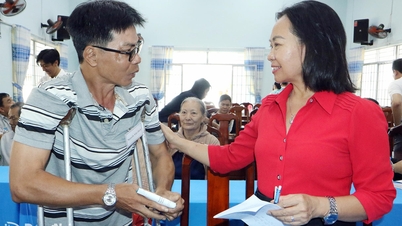




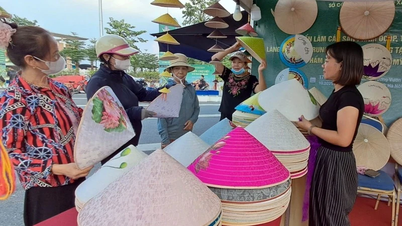
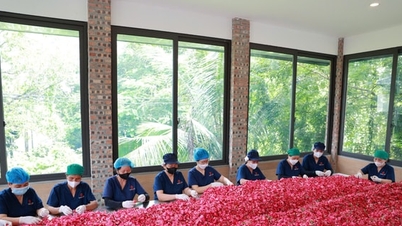


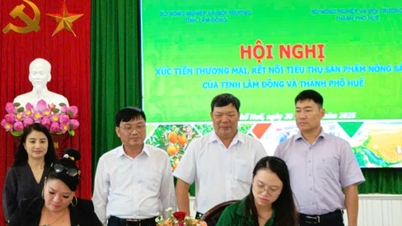









Comment (0)